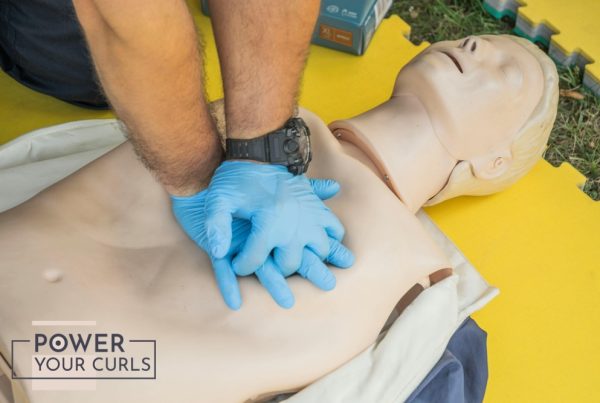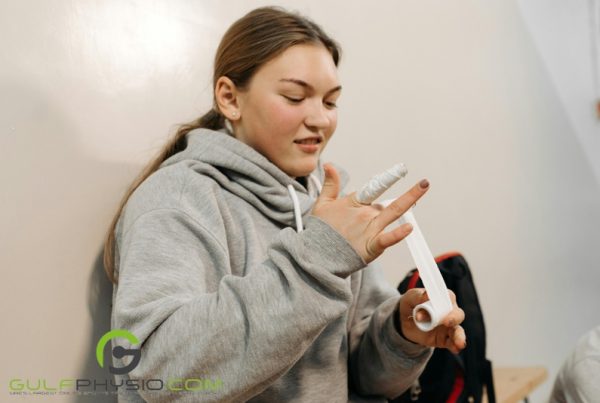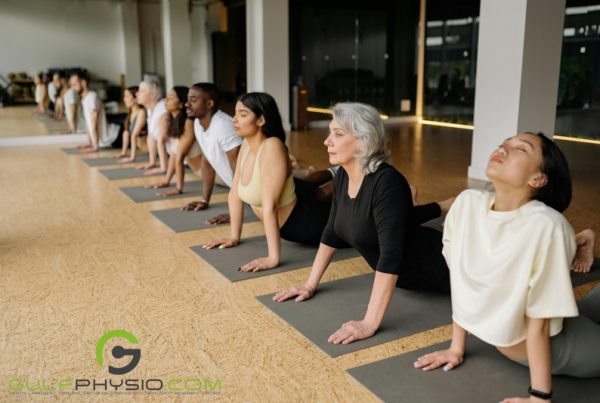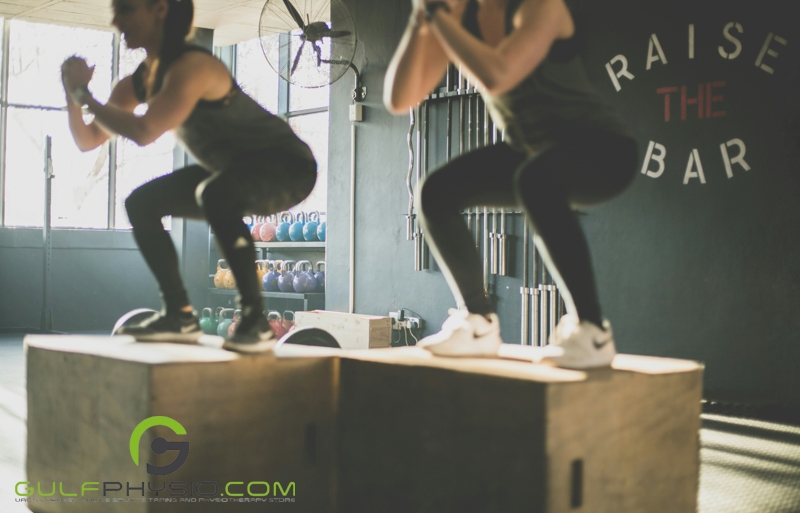
When people mention “fitness,” our minds instantly jump to exercises such as running or weight lifting. Yet, how these exercises may benefit our day-to-day lives never really crosses our minds. In this article, we’re going to look into functional fitness and how it can help you!
What is functional fitness?

Exercises for functional fitness mimic everyday movements at work, home, and even in sports, preparing muscles for everyday duties. These exercises focus on core stability while concurrently using a variety of upper and lower body muscles. Squats, which strengthen the muscles used for daily activities like getting up and down from a chair or lifting small objects, are an example of functional fitness. You can perform these workouts at home or in a gym with dumbbells, resistance bands, or just bodyweight exercises like squats, planks, push-ups, and sit-ups.
What are the benefits of functional fitness?
Functional exercise helps to strengthen the body’s natural movement patterns. Your body can move more effectively through a variety of movement patterns, including pushing, pulling, squatting, and pivoting, just to name a few. These movements assist in maintaining a healthy posture, resulting in proper motor control over your body and adequate mobility.
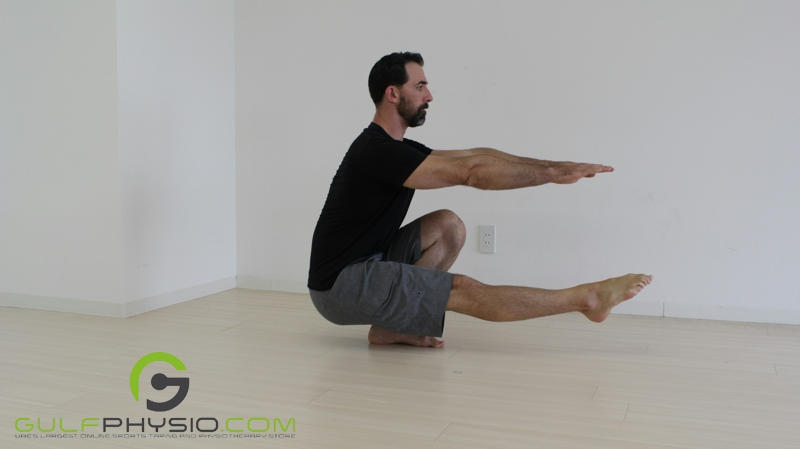
Improves balance
A narrative study published in December 2024 found that functional training exercises improved balance and vestibular functions. Exercises such as sidesteps and heel-to-toe walking can translate positively into daily activities such as climbing stairs, walking, and even just standing with proper posture.

Lower risk of injury
As we get older, the risk of falling and injuring ourselves grows higher. Falls can have long-term negative effects on our bodies, and while we can’t 100% avoid falling, we can prevent it and train our bodies to be more resilient.
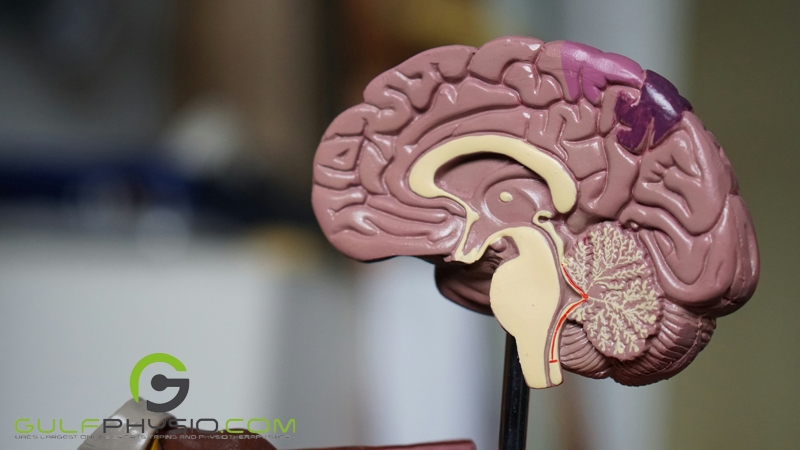
Helps build strength and muscle memory
An article published on ScienceDirect.com highlighted a systematic review of the effects of functional exercise programs on physical functioning in older adults aged 60 years or more. The results improved performance in multiple physical activities, including those on the Barthel Index.
How does functional fitness differ from other exercises?
You may wonder this exact question yourself and think whether functional fitness training is right for you as opposed to other types of exercises.
Unlike other forms of training which focus only on specific groups of muscles, the main aim of functional fitness training is in the name itself, it aims to improve an individual’s quality of life by focusing on movements that are used in everyday tasks, and then recreating them to strengthen the body’s overall condition.
Functional fitness exercises
Often, you may ask your trainer to include a few exercises in your regime, but there are a few exercises you can do at home with no gym equipment. When doing functional fitness, ensure you wear proper workout clothes.
Bodyweight squats
The bodyweight squat is a lower-body strengthening exercise that you can do almost anywhere. It is a functional movement that engages all the leg muscles.
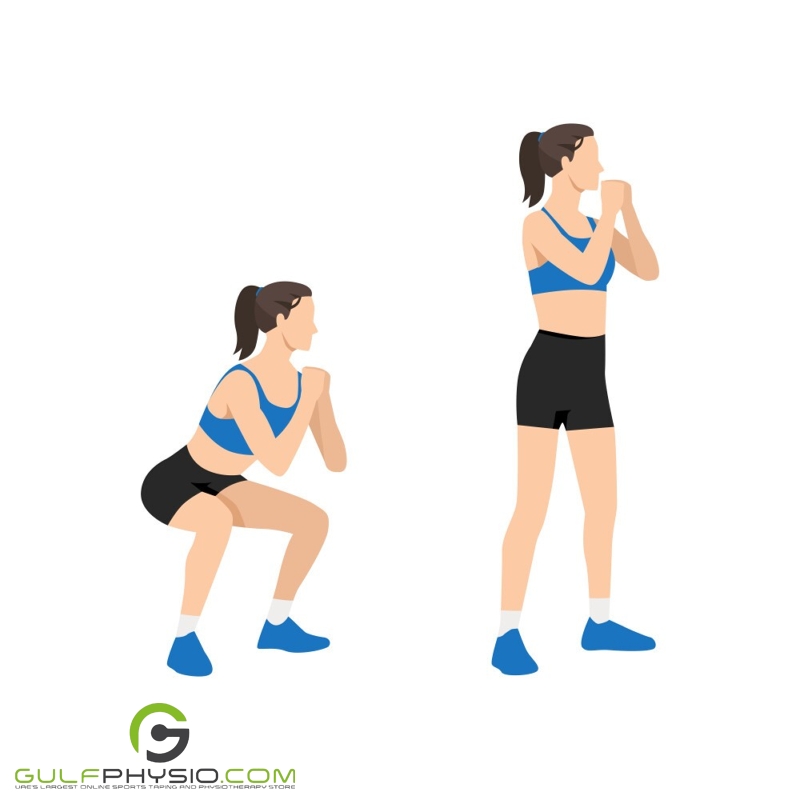
- Place your hands on your sides and stand with your feet shoulder-width apart, pointing forward, or if that is too difficult, point them slightly outward.
- Squat down slowly until your thighs are horizontal, or somewhat lower if you can manage it. As you do so, raise your hands to your face or chest.
- Slowly come back up to a standing position
Inchworms
The inchworm exercise is a solid movement to add to any routine. Because it can strengthen and stretch different muscle groups at the same time.
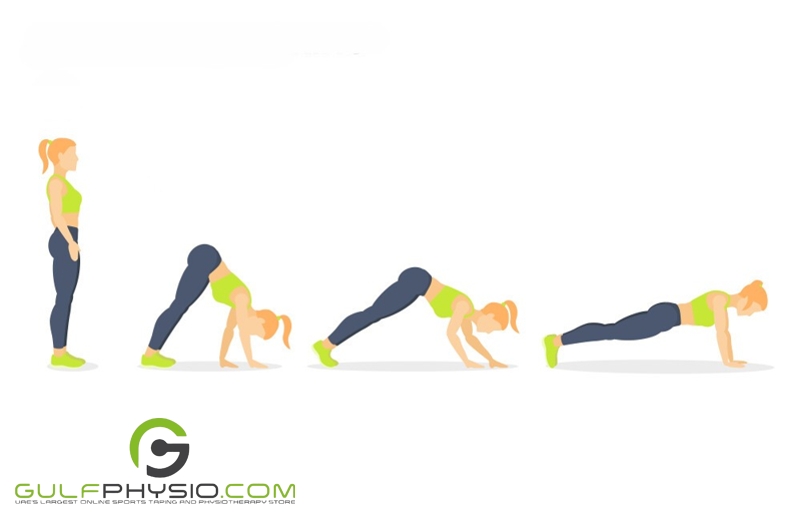
- Stand up straight with your hands at your side.
- Bend your hips to allow your hands to contact the floor in front of you while maintaining a straight posture. Make sure your feet stay in their natural position.
- Move your hands forward as slowly as you can, using them as if they were feet. Eventually, you’ll find yourself in an extended, stretched plank position.
- Repeat the movement in reverse until your hands contact your toes.
Mountain Climbers
Mountain climbers are excellent for developing agility, core strength, and cardiovascular endurance. With mountain climbers, you target multiple muscle groups.
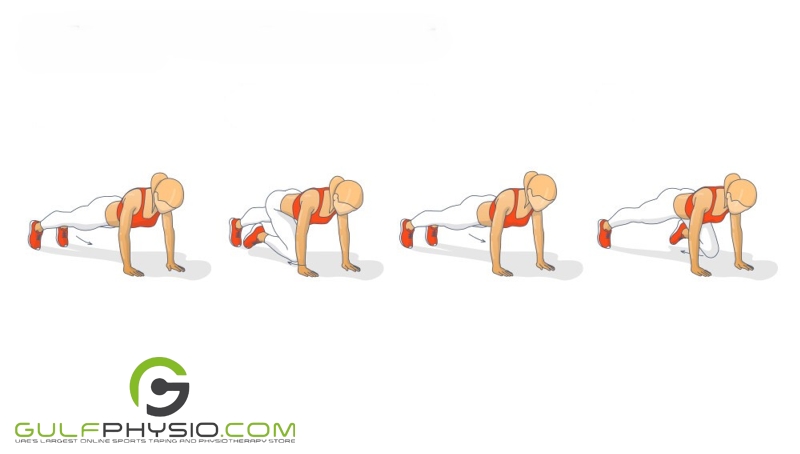
- Place yourself in a plank position, distributing your weight equally between your hands and toes.
- Make sure your hands are shoulder-width apart, your back is flat, your abs must be contracted, and your head is in line with your back.
- As much as you can, bring your right knee into your chest.
- To switch legs, bring one knee in and pull the other out.
- Run your knees in and out as quickly and as far as you can while keeping your hips down. With every leg shift, take turns breathing in and out.
Who can engage in functional fitness training?
One of the greatest benefits of functional fitness training is that a majority can do it, as it aims to strengthen the body’s overall condition for day-to-day movements. The intensity of the exercise and movements varies depending on the individual and can change.
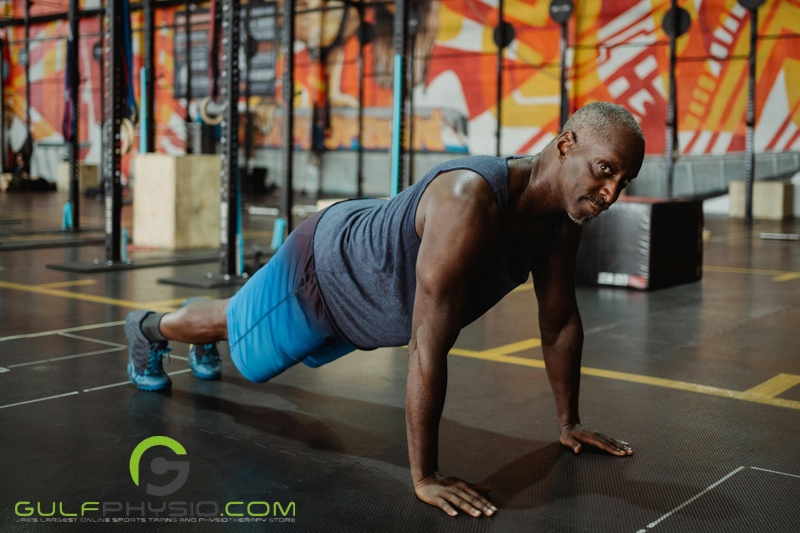
The only time when we do not recommend functional fitness training is when an individual has an injury or illness. In these cases, we highly recommend communicating with your physician what exercises you may and may not engage in.
Our thoughts
Functional fitness is a great type of exercise and training for most everyone of any age. The goal is to strengthen and train the body for daily activities as opposed to other training regimens that focus on specific muscle groups of the body or may prove too intense for beginners or older individuals.
You can do functional fitness training at home with minimal to no equipment or at the gym with a trainer’s guidance, and the intensity of the exercises depends on your ability. Regular engagement with this type of training helps strengthen the body’s overall condition, which may prevent aches and pains commonly associated with aging.
Disclaimer
GulfPhysio.com and all of its content are for informational purposes only. All information is believed to be accurate at the time of posting and should NOT be taken as professional medical advice. Please seek a medical professional in the event of pain or injury.
Want to learn more about health, pain management, and disease? Then read our articles “Joint Degeneration and Aging” and “Brain Power: The Effects of Physical Activity on Brain Health”.

